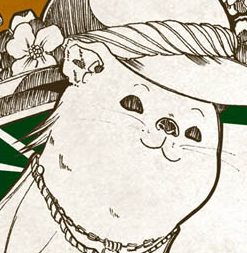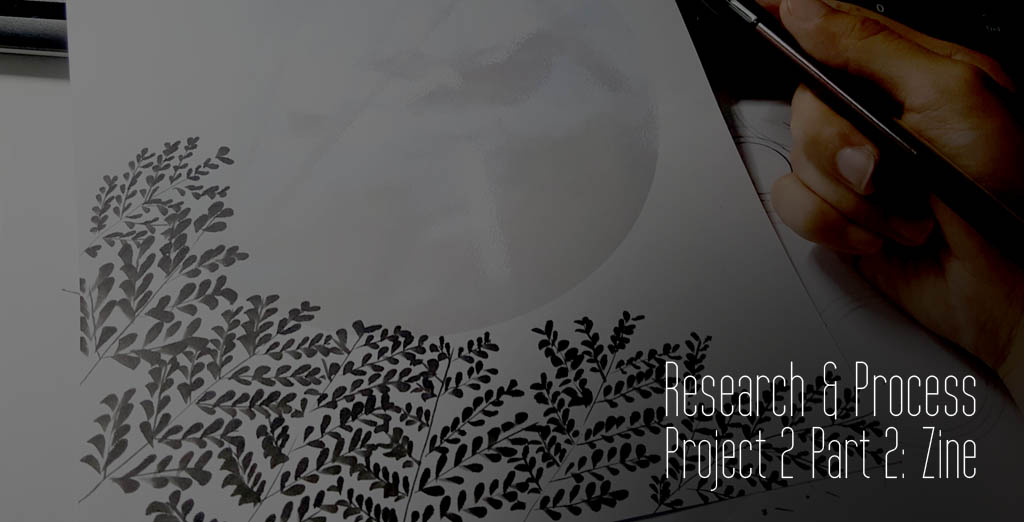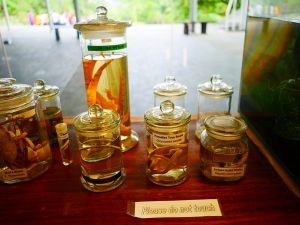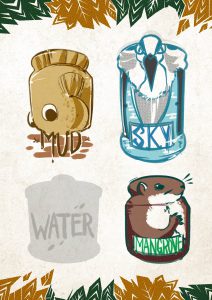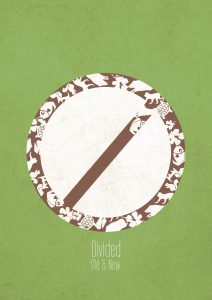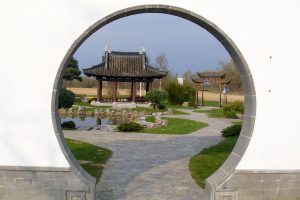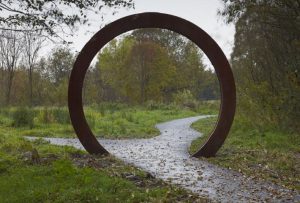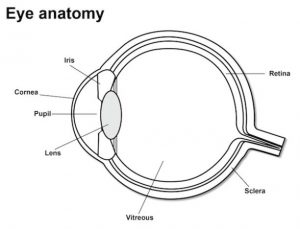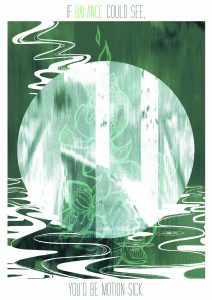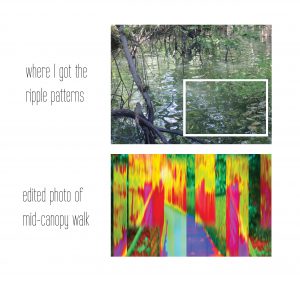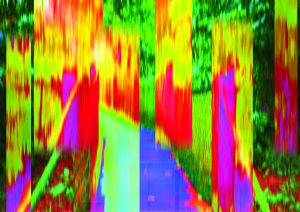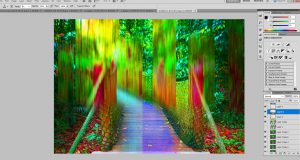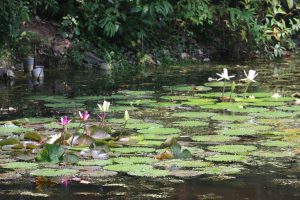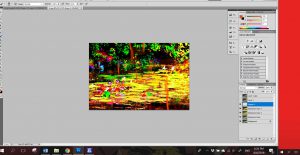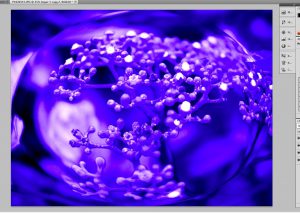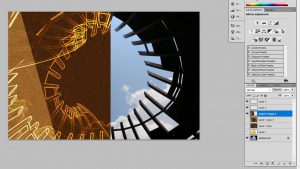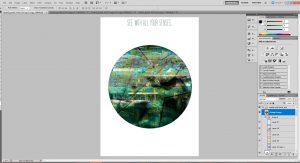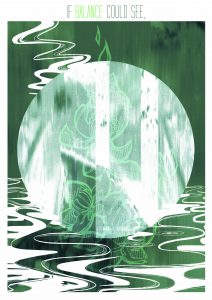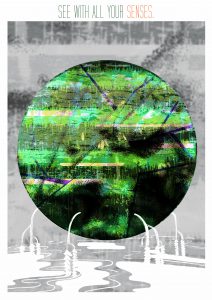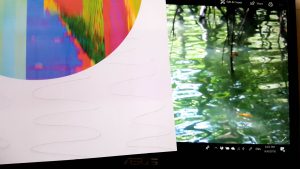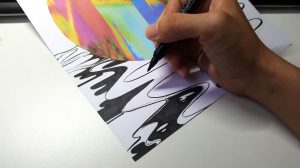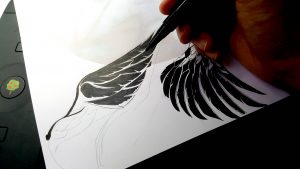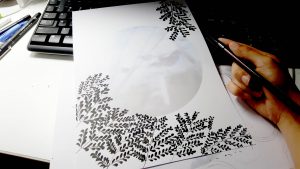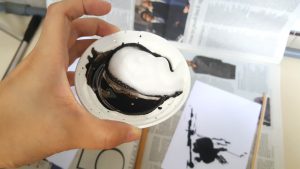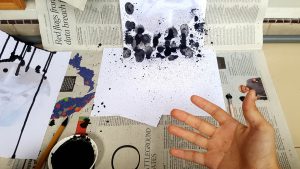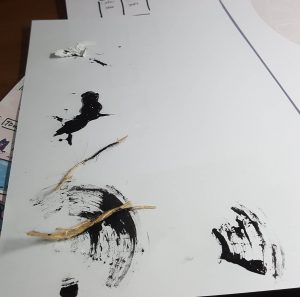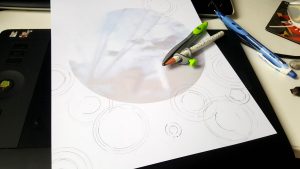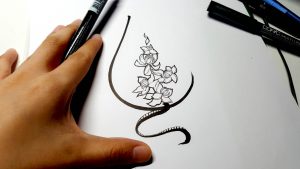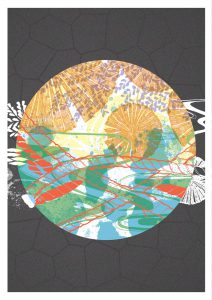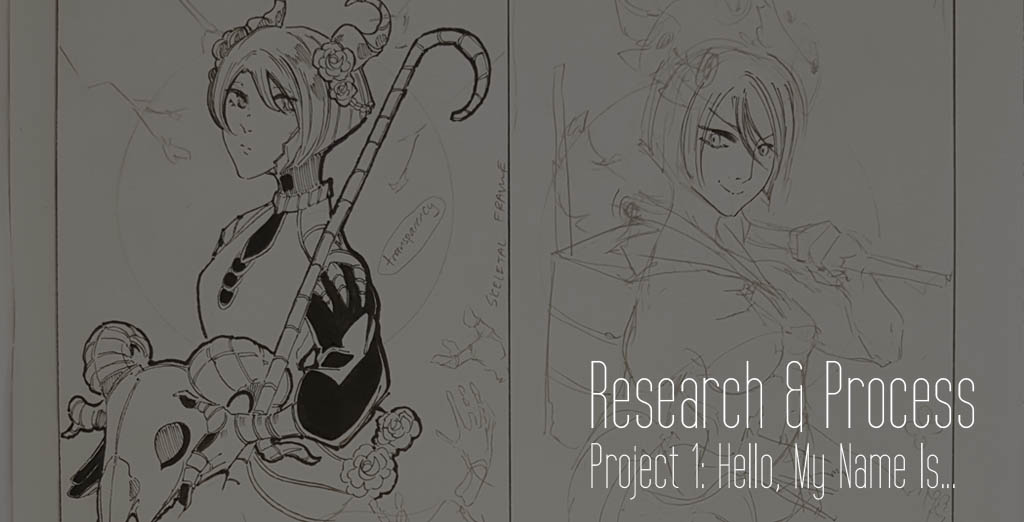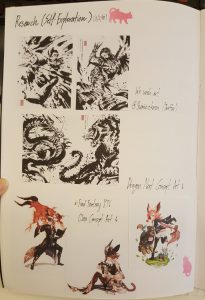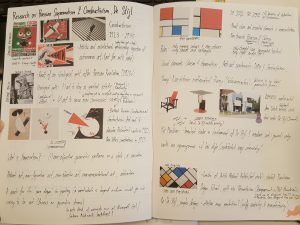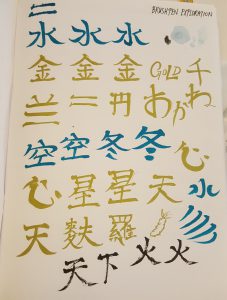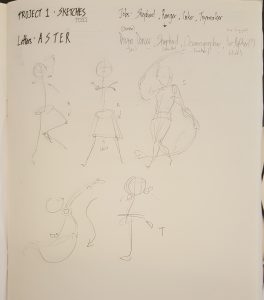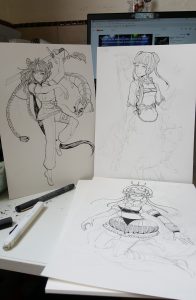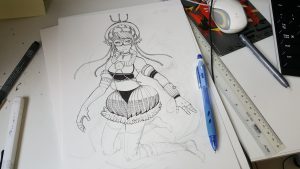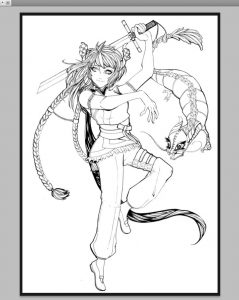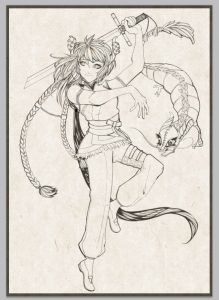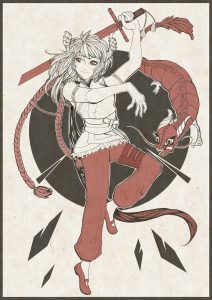
INFOGRAPHICS – An Overview & Final Designs




The overall color scheme of the infographics are heavily based on the colors of the nature reserve – namely greens, blues and browns.
I chose to use anthropomorphic animals as loose figurative representations of the demographics of the nature reserve (photographers, tourists, family and elderly). I drew inspiration from the educational worksheets from NPark’s website – they had alot of animal-coloring worksheets! On the side, I had also done some research on artists who do anthropomorphic animal art.
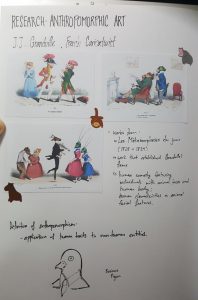
After my first trip, I tried to work out my layout before I went to Sungei Buloh Wetland Reserve again (since the return trip would take place on the Saturday before the presentation(Monday)).

I used elements found throughout the reserve to create the frames for the backgrounds – such as patterns from the Visitor’s Centre tapestry, shadows of leaves and pathways.
Each piece features a trivia. I’ve always loved trivia section of learning sites and it’s something I find unique to educational materials. I took note of trivia boards throughout the reserve and decided to incorporate that as a recurring element for the infographics.
The information I’ve collected and selected are split into 4 sections: Overview, Timeline & Activities, Amenities & Facilities and Learning Resources.
Concept behind the Final Designs
►Mudskipper Slide

I chose the Mudskipper to represent the overview as the Mudskipper was the mascot and face of Sungei Buloh Wetland Reserve.
In this piece, I’ve also selected information that would convey Sungei Buloh Wetland Reserve as the only wetland reserve in Singapore (out of 2!) that is focused on education. It is also a pioneer in many areas in regards to wildlife education – such as being the first to introduce wireless learning in this region.
The layout’s frame is derived from patterns that you can find at the Visitor’s Centre office – one of the first buildings you see when you enter Sungei Buloh Nature Reserve. I based it off the flower images on a piece of tapestry you can inside the Visitor’s Centre:

The slide aims to introduce Sungei Buloh Wetland Reserve as the largest tract of mangrove forest, Singapore’s first ASEAN heritage park and an internationally recognized migratory site for birds. It also identifies the demographics of the nature reserve.
I started off with an easy trivia as well to ease the viewer into the graphics.
► Grey Heron Slide

The second slide shows a grey heron. As there are many migratory bird species in Sungei Buloh, I wanted to show one of them representing the foreigner as a part of Sungei Buloh Wetland Reserve’s demographics.
In this slide, I wanted to introduce Sungei Buloh’s educational activities and how they are linked to the nature reserve’s unique timeline.
Timing is everything! Coming on different days, weather and timing affects what you see, hear and even smell. The timeline is the heartbeat of the events happening at Sungei Buloh – without people monitoring the timeline, it would be hard to organize activities that would optimize the time of visitors.
The slide’s frame is based on leaves:

It was initially more accurate to the space between leaves, but leaving a large amount of negative space pulls the eye away from the text, so I’ve made the frame alot more packed by taking the general shape of the leave instead.
► Otter Slide

The otter slide conveys the amenities and facilities of the nature reserve. I also used the otter and a baby otter to convey a sense of community – how the place is built for education, groups and family.
The individual sections are also represented by icons that are created from actual structures – the viewing pod icon is based on the shell-like shape of the pods at Sungei Buloh.
The background patterns are based on the stone path of the Information Center that carries extensive information and a detailed map of the entire reserve:

► Crocodile Slide

The crocodile slide shows the different types of online and on-site resources that the nature reserve provides and the steps they take in order to provide visitors and nature enthusiasts with a wealth of information.
Resources such as the e-newsletter includes articles on events such as Bird Migratory day, Earth Day and also carries periodical fish/habitat field surveys. There are also educational worksheets for kids – such as coloring worksheets and fact sheets.
The background patterns are based on shadows of leaves on roads:

My Take
After interviewing the people on-site, I found out that people wished that the nature reserve was better publicized.
In my own opinion, I do feel that the nature reserve is a little confused as to what demographic they are trying to get.
One interviewer actually voiced his relief that there are few kids around so that animals would not be scared away.
Due to this, I think Sungei Buloh Wetland Reserve ends up being more of an educational site for adults, despite how they are trying to target children and schools sending down buses of kids to learn. People who generally end up coming back multiple times are the older crowd.
Process behind the Final Designs(Images)
Sketches:



Extracting patterns/marks to use as frames and backgrounds:

Work in progress:


Initial design turned out looking alot like a horror night at Sungei Buloh instead (;u;)
Feedback
Lecturer (Joy):
• Find a main focus
• Pick out ways they tried to be educational
• Pick out recurring motifs
• Perhaps can try using the trivia aspect as a potential element for zine? (but not make it bulk of the upcoming zine)
Peers:

Thank you so much for the feedback! :’)
Personal Takeaways
Struggles: I struggled to make the color palette work in the beginning as I didn’t want the colors to end up like a tacky nature pamphlet. I tried unconventional colors that went outside of Sungei Buloh’s colors, but they just didn’t work as well. In the end, I wound up looking at designs based on citrus colors and fashion in hopes of making the visuals work.
Reflections: It was a trying, but very educational experience. Everyone in class had a different interpretation and outcome of their choice of location and it was really cool!
I do hope to improve on keeping to my time during my presentation so that I would be able to show more research that I had done. I had alot more material that I didn’t get to show – videos, interviews, photos and some of the nature reserve’s cool online resources.
It was tough curating an interesting focus!
Others
• Link to Project 2 Part 1 Research: https://oss.adm.ntu.edu.sg/laum0005/graphic-form-project-2-locale-1/

